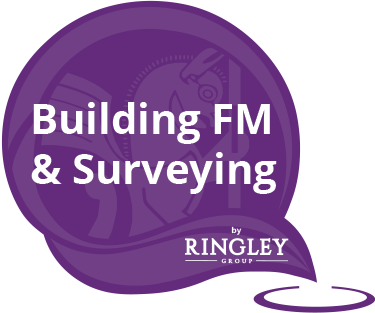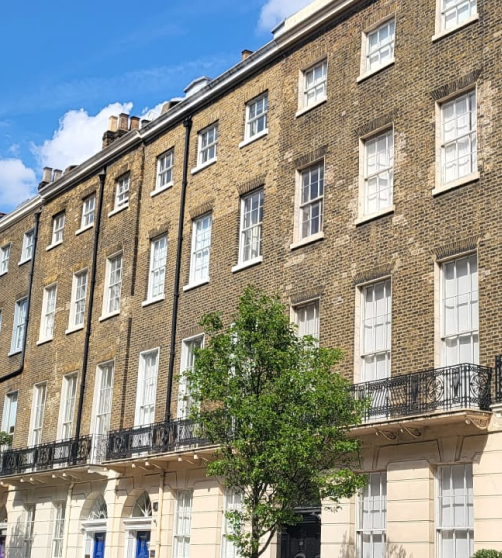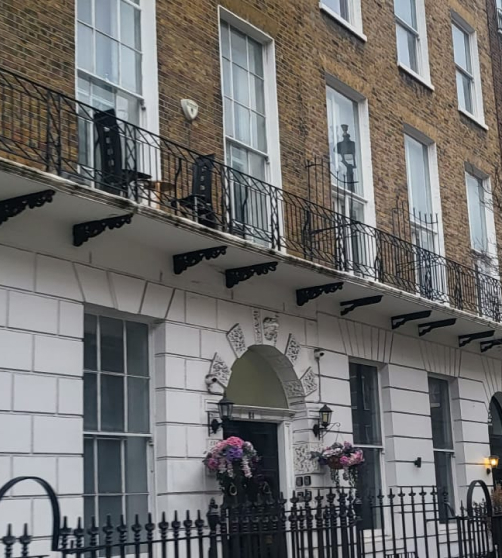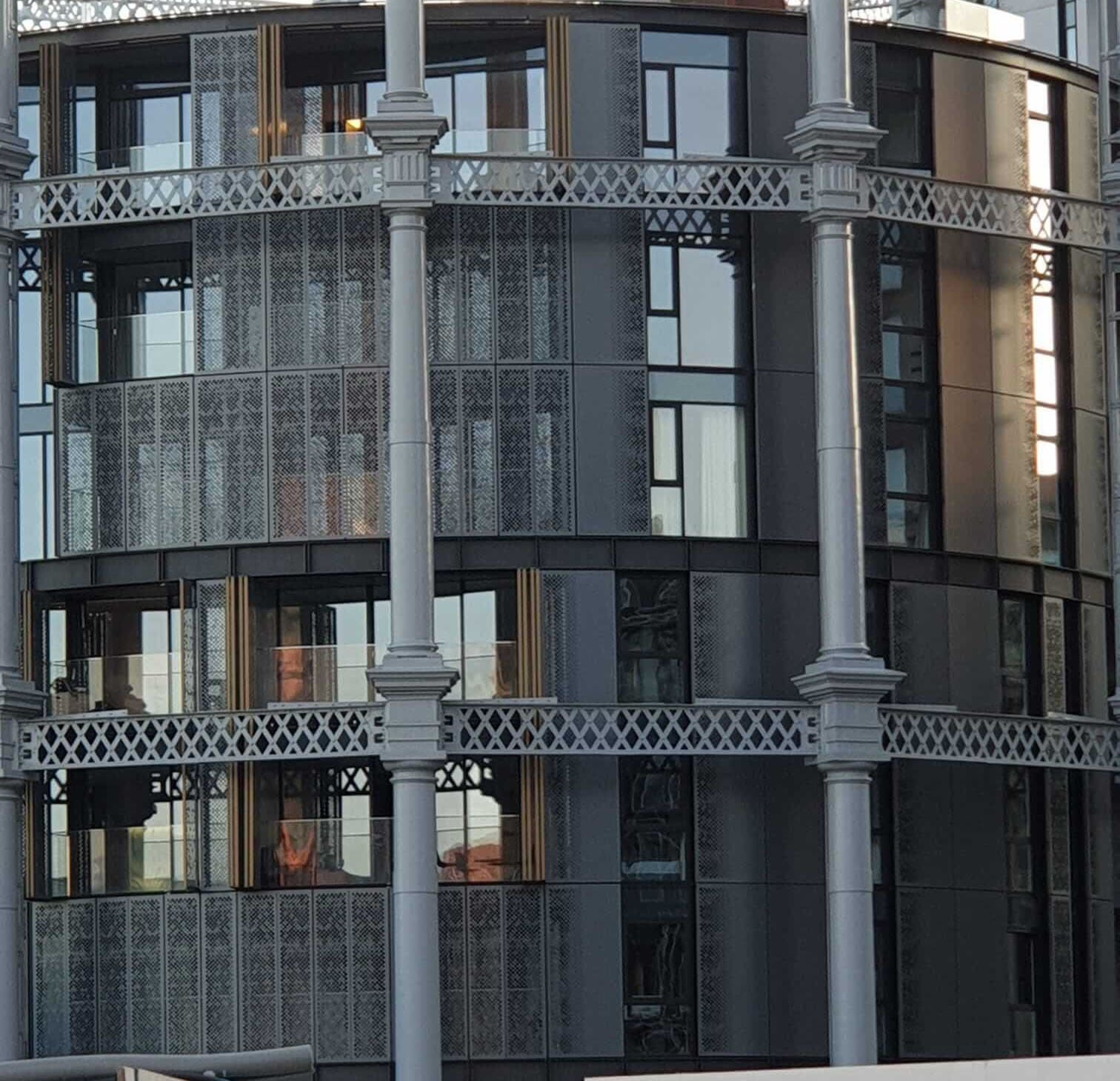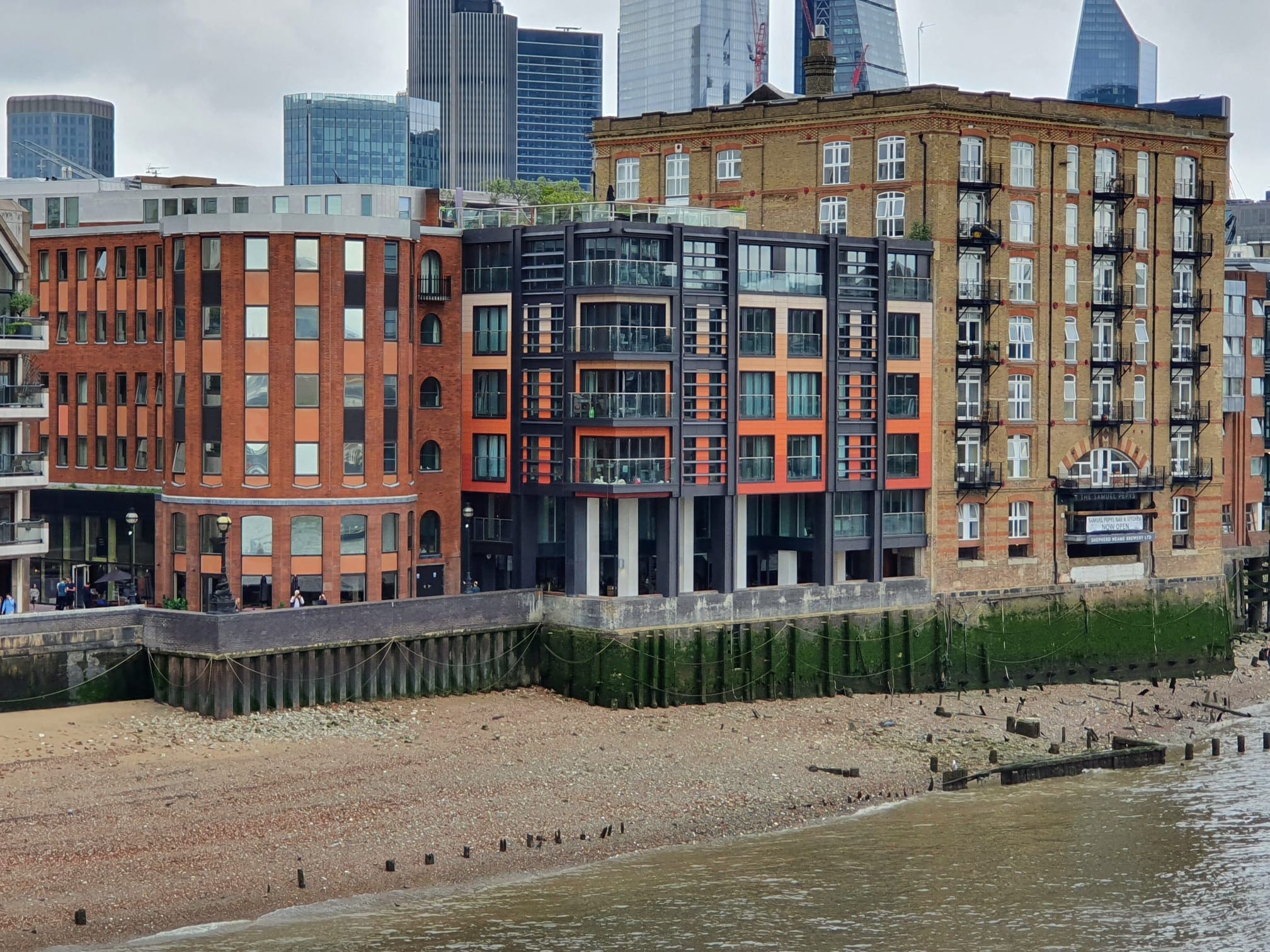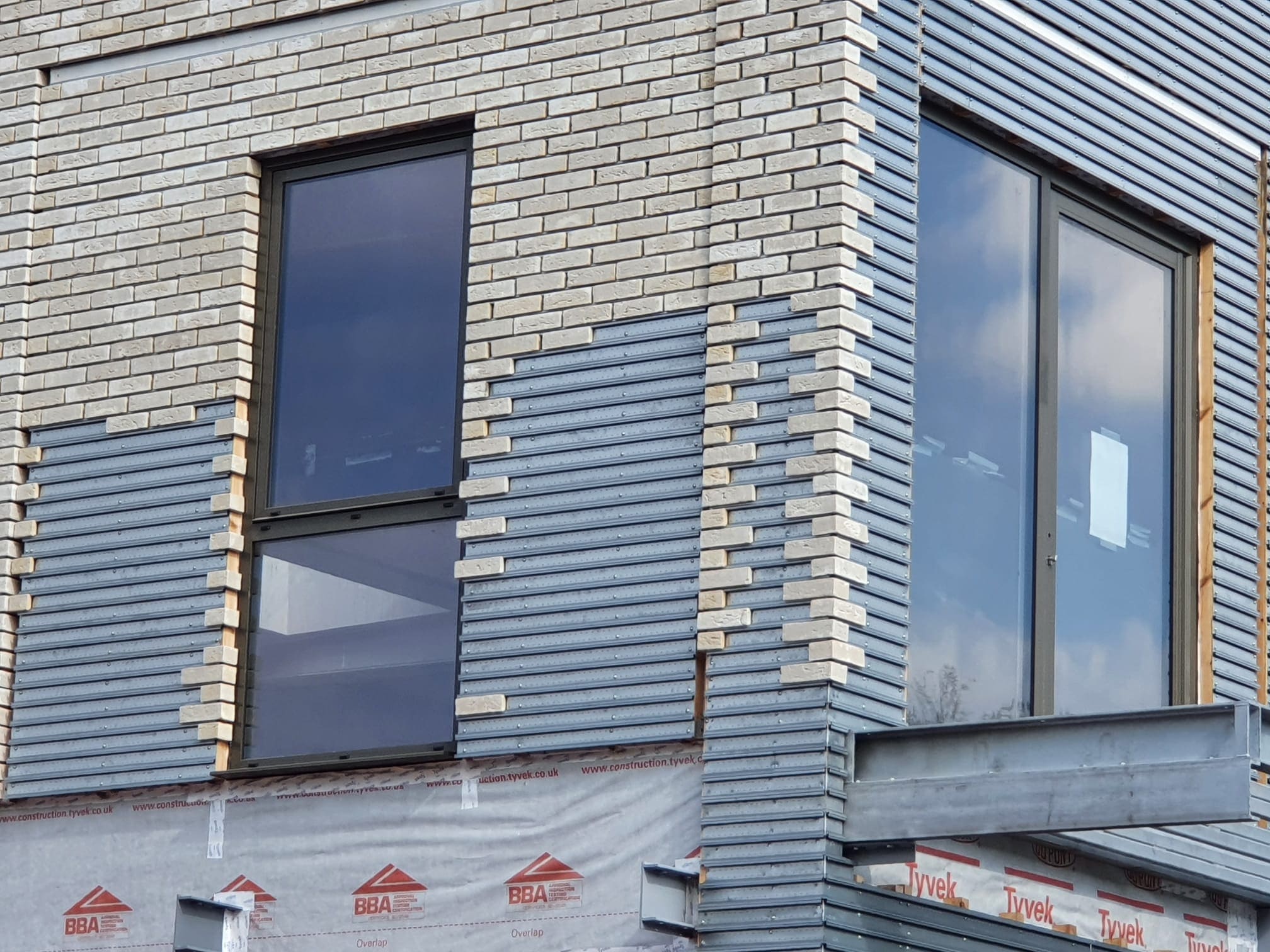Without a schedule of condition, when the lease ends tenants have little protection and will pay more.
"Without a schedule of condition, when the lease ends tenants have little protection and will pay more."
As it is impossible to retrospectively document the condition of a property as it was at the start of a lease, nobody should take a property on a commercial lease or let a residential property on a long term lease without first getting a schedule of condition. A schedule of condition is the protection needed and the benchmark against which an end of lease schedule of dilapidations will be assessed.
Schedules – for when you need a list of defects and the remedy
A schedule is a list, in property terms there are generally 3 types:
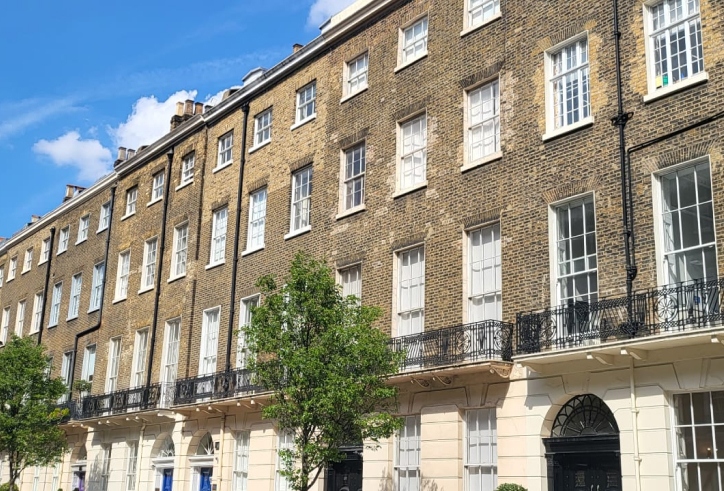
Schedule – Wants of Repair
A Schedule of Wants of repair is a list of works that the landlord calls to be done to put the property into repair as benchmarked to the repairing covenant requirements of the lease.
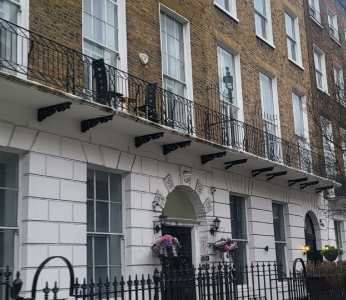
Schedule – Dilapidations
A Schedule of Dilapidations can be 'interim' during the term of a commercial lease, or 'terminal' at the end of the lease to list what the landlord calls to be done to put the property in the condition either as per the start of the commercial lease (as benchmarked to the Schedule of Condition) or as per the repairing covenant requirements of the lease.

Schedule – Condition
A Schedule of Condition documents the condition of a property at the beginning of a commercial lease.
We offer Client friendly Building Surveying Services
Building Surveying is about following knowing how buildings have been built over the years, the different materials that were available at the date of construction, what with hindsight we now know about such materials in order to follow the trail of suspicion and report on defects and remedies. Our role is to package this in clear, helpful advice..
Without a schedule, how would you negotiate repairs due or alleged? Don’t take on a lease without one.
Call us
020 7267 2900Email us
md@ringley.co.ukAs it is impossible to retrospectively document the condition of a property as it was at the start of a lease, nobody should take a property on a commercial lease or let a residential property on a long term lease without first getting a schedule of condition. A schedule of condition is the protection needed and the benchmark against which an end of lease schedule of dilapidations will be assessed.
A schedule is a list, in proeprty terms there are generally 3 types:
Schedule – wants of repair
A Schedule of Wants of reair is a list of works that the landlord calls to be done to put the property into repair as benchmarked to the repairing covenant requirements of the lease.
Schedule – dilapidations
A Schedule of Dilpaidations can be 'interim' during the term of a commercial lease, or 'terminal' at the end of the lease to list what the landlord calls to be done to put the property in the condition either as per the start of the commercial lease (as benchmarked to the Schedule of Condition) or as per the repairing covenant requirements of the lease.
Schedule – condition
A Schedule of Condition documents the condition of a property at the beginning of a commercial lease.
Schedule - Wants of repair
Schedule – Dilapidations
Schedule – condition
